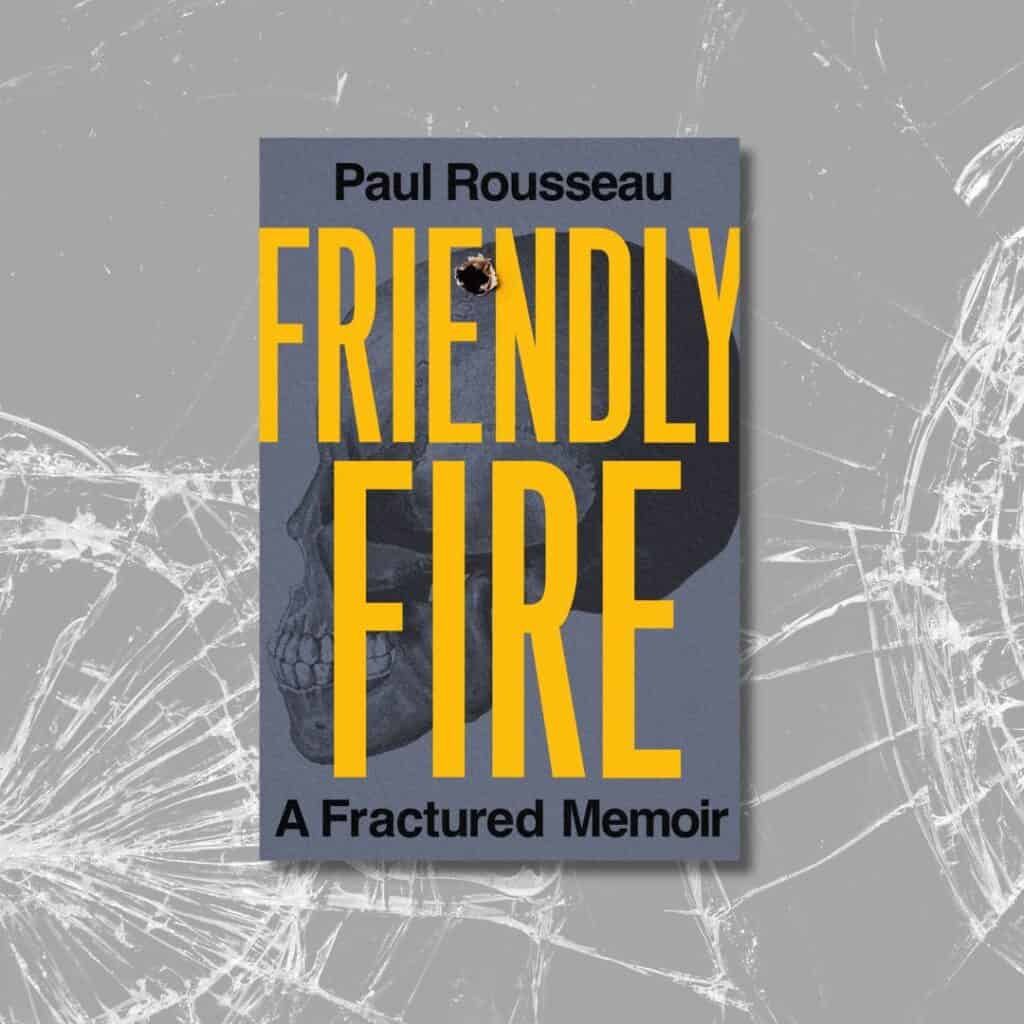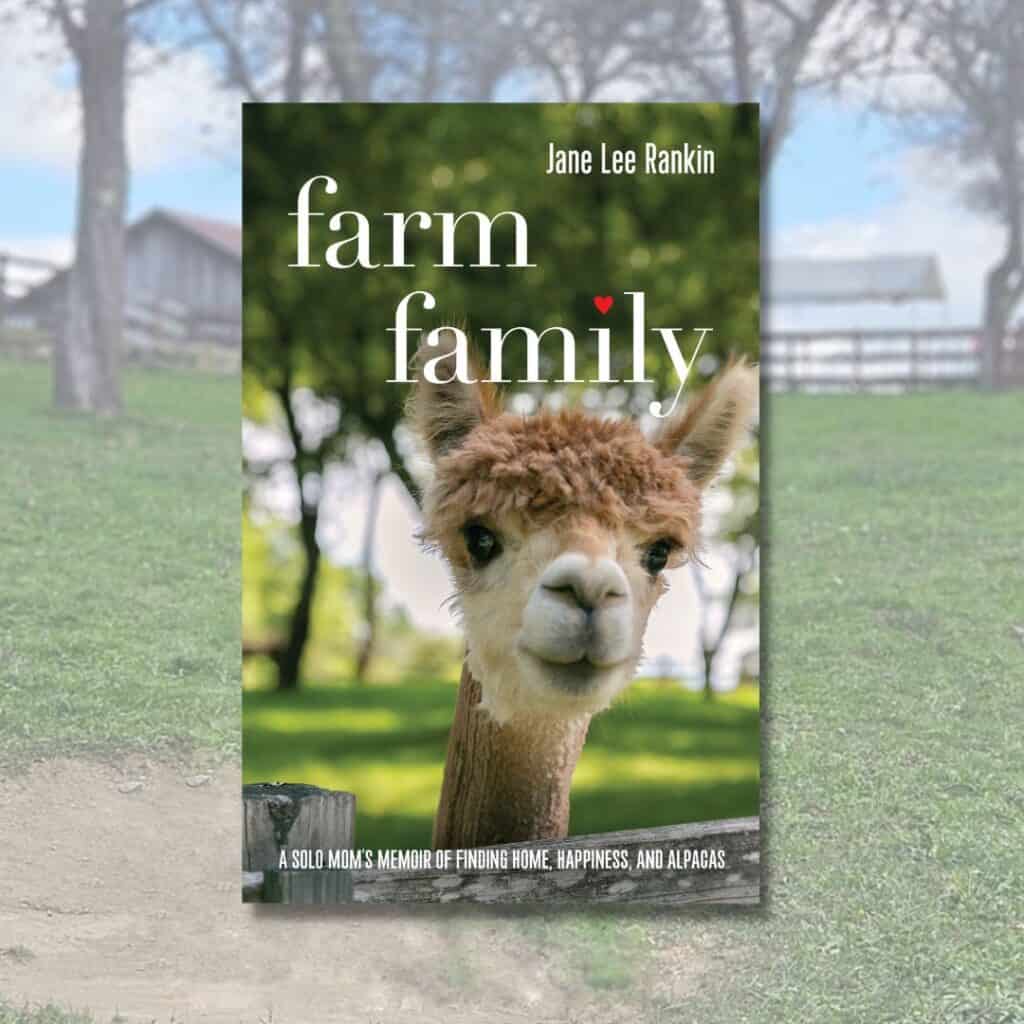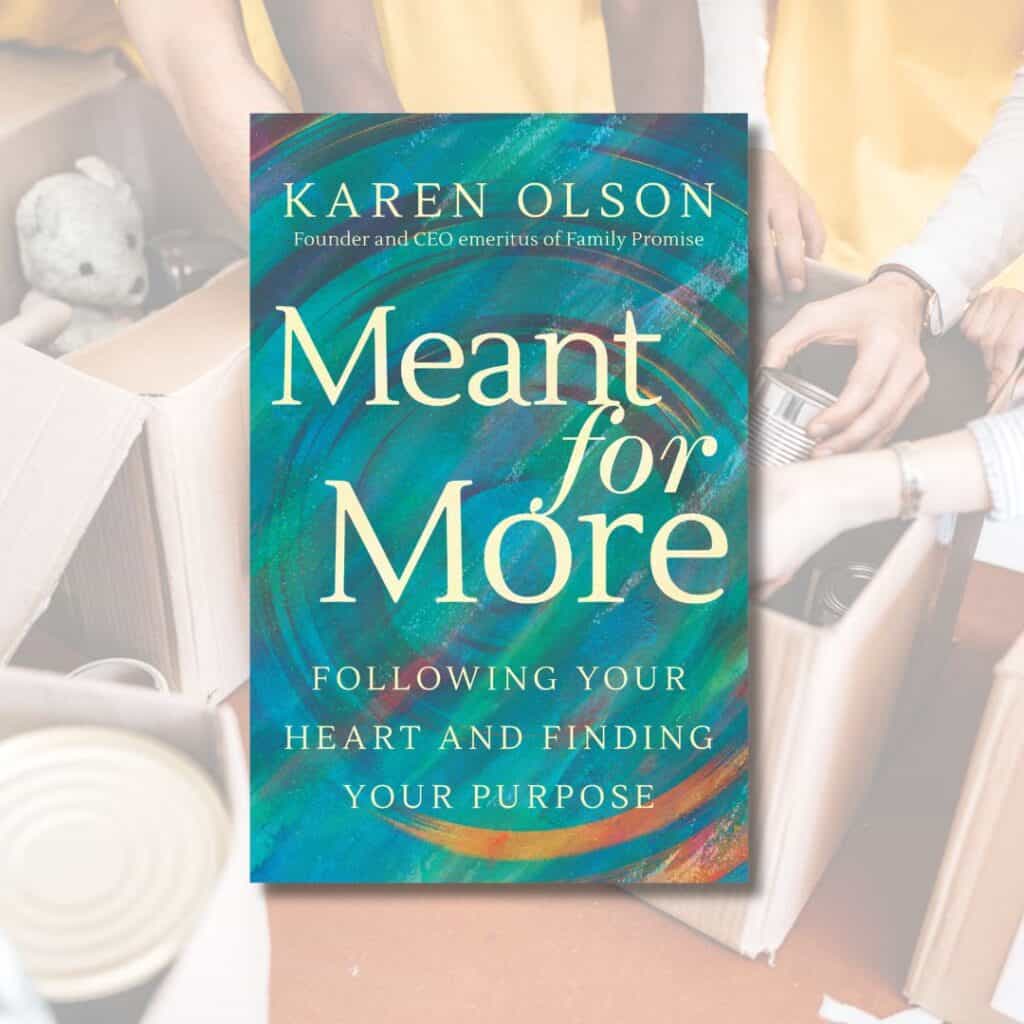The Significance of Memoirs and how to Publicize Them
-
Chandler Rawson
- Reading Time: 11 Minutes

SHARE
In commemoration of We Love Memoirs Day on August 31st, we at PR by the Book are celebrating the different types of memoirs we have encountered and sharing some publicity tips and tricks for memoirs that we have learned along the way!
What is a Memoir?
First things first, what is a memoir? A memoir is a written, nonfiction account of an individual’s experiences. Memoirs follow an author through a specific part of their life—investigating the emotional responses to the troubles or high points they may have experienced during the period they are writing about. The topics covered in a memoir are as diverse and varied as those writing them: from first hand accounts of wartime experiences, accounts of political upheaval to coming of age chronicles, memoirs allow us a deeply personal window into the rich interiority of an individual’s life.
At the beginning of the memoir tradition, most published memoirs were penned by philosophers, politicians, and military officers. It wasn’t until the 20th century that the layman began writing and publishing accounts of their lived experiences in the form of a memoir. With the inclusion of the every-day-man into the authorial pool of memoirs, the memoir genre grew exponentially: with this drastic rise in mind, William Zinsser in Inventing the Truth: The Art and Craft of Memoir (1988), calls the 20th and 21st centuries “the age of the memoir.”
Types of Memoirs
Considering the fact that we are living in “the age of the memoir,” as Zinsser put it, let’s look at some of the types of memoirs presently being published and publicized.
Friendly Fire: A Fractured Memoir, Paul Rousseau
This memoir covers Paul’s Rousseau’s experience navigating friendship and firearms and the legal, emotional and surgical aftermath of what arose from the combination of the two– an accidental shooting.
One month before his college graduation, Paul Rousseau is accidentally shot in the head by his roommate and best friend. At some point in the course of Paul and Mark’s friendship, Mark acquired—legally and with required permits—five firearms. Those weapons lived with them in their college apartment. It was a non-issue for the two best friends. They were inseparable. They were twenty-two-year-old boys at the height of their college experience, unaware that everything was about to change forever.
The bullet ripped through two walls before it struck Paul’s skull. Mark had accidentally pulled the trigger while in the other room and—frightened for his own future—delayed getting treatment for Paul, who miraculously remained conscious the entire time. In vivid detail, Friendly Fire brings us into the world of both the shooting itself and its surgical counterpoint—the dark spaces of survival in the face of a traumatic brain injury and into the paranoid, isolating, dehumanizing maw of personal injury cases.
Paul Rousseau’s memoir, Friendly Fire: A Fractured Memoir follows a deeply traumatic moment in his life and explores the fractured state of his life in the wake of this fateful accident. The term “fractured memoir,” coined by Rousseau, speaks to the shattering moment of his injury and the violent atrophication of a once intimate friendship. The theme of fracturing reverberating throughout Paul Rousseau’s life physically manifests through to the narrative organization of the memoir itself. Friendly Fire: A Fractured Memoir is written in incredibly short chapters—most of which only last 2-3 pages in length.
The memoir’s brief chapters are a direct result of the bone-splintering moment the bullet ricocheted through Rousseau’s skull: unable to focus for long periods of time due to his brain injury, Rousseau is only able to write for short periods of time. His fracturious writing is a direct reflection of the rupturing moment his life changed forever.
Whereas Paul Rousseau’s “fractured memoir,” with its brief chapters, follows the shattered emotional and physical aftermath of a great trauma, Jane Lee Rankin’s memoir, with its voluble chapters, offers a look into the decades-long journey of her finding her place in life.
Farm Family: A Solo Mom’s Memoir of Finding Home, Family and Alpacas, Jane Lee Rankin
Jane Lee Rankin’s memoir extolls the thirty year journey of a woman who navigates becoming a single mother while pursuing her dream to start an alpaca farm in the Appalachian mountains of North Carolina. Jane Lee Rankin’s memoir begins when she is thirty-seven and receives news that upends her life: she’s pregnant. Lee is a cancer survivor eighteen months in remission. Her boyfriend won’t commit, and her father is unsupportive. When she decides to raise the baby by herself, Lee feels the scornful glances and judgmental whispers of her conservative hometown.
Armed only with a dream and a toddler, Lee marches into Banner Elk, North Carolina, a place where she knows no one, to start an alpaca farm. As a novice first-generation farmer, Lee faces nature’s most potent setbacks, from disastrous weather events to attacks from predators. And yet, she forges on. Beginning this journey in her late 30s, Lee overcomes these hardships to achieve prevailing success well through her 60s, attested to by her recent indictment into the Western North Carolina Hall of Fame, a rare feat for a woman.
With vivid storytelling, Farm Family features a cast of memorable animal characters—including alpacas, Millie, Celeste, Frosty, and Wildcard—and immerses readers into the not-always-pretty world of farming. At Apple Hill Farm, Lee trades fear for freedom. She trades disdain for dignity. She learns that her connection to animals is more vital than she knew, and with bravery and persistence, she, after three decades of hard work, creates a home—a farm family.
Jane Lee Rankin’s memoir focuses on resilience and personal growth as she pursues her dream of starting an alpaca farm while navigating the challenges of single motherhood, whereas Paul Rousseau’s memoir delves into the traumatic aftermath of a life-altering accident, exploring themes of friendship, survival, and the legal and emotional consequences of a gunshot wound. While both memoirs chronicle the protagonists’ journeys through adversity, Rankin’s story centers on the pursuit of a dream, and Rousseau’s on the recovery from a nightmare. Both memoirs offer poignant peaks into the struggles and triumphs of these two individual’s lived experiences.
Rankin and Rousseau’s memoirs bear witness to the stories of a singular individual’s life: turning over a new leaf, Karen Olsen’s memoir offers not only a glimpse into a pivotal moment in her life—like Paul Rousseau—Olsen’s work incorporates firsthand testaments of other’s experiences and aims to inspire readers to make a change. Her memoir is more than a singular narrative, it is a compilation of voices which cumulatively ask the reader to make a change.
Meant for More: Following Your Heart and Finding Your Purpose, Karen Olsen
Fall, 1981. Karen Olsen, a successful marketing executive, is hurrying along the bustling streets of New York City when she notices an elderly homeless woman outside Grand Central Station. Impulsively, Karen darts across the street and buys the woman a sandwich and an orange juice. She listens to the woman’s story and learns her name: Millie.
This small act of kindness changed the trajectory of Karen’s life. Karen dedicated her life to those in need and founded Family Promise, a national nonprofit organization that helps homeless and low-income families. Today, the organization boasts more than 200 affiliates across the country, with more than 180,000 men, women, and children served each year. In her memoir Karen tells her story, from tragedy in childhood to an adulthood full of compassion and service, which has made her stronger, healthier, and more fulfilled than ever before.
With firsthand testimonials from Karen and other volunteers, Meant for More is an inspiring call to action: when you reach out beyond yourself and seek to make a difference in the lives of others, happiness will catch up with you.
Karen Olsen’s memoir expands beyond the singular account of her life-changing experience of meeting Millie: Meant for More is a memoir of Olsen’s life, of the start of her nonprofit and of the lives of those affected by her work. Unlike Paul Rousseau and Jane Lee Rankin’s memoirs, Karen Olsen’s work aims to give voice to multiple transformative stories while inspiring change in its readers—asking them to begin a story of their own.
Publicity for Memoirs
With so many different types of memoirs, how do you know how to publicize yours? To shed light on some memoir publicity tips we turned to PR by the Book Senior Publicist Jill Maxick. Speaking on her experience publicizing memoirs, Maxick shares that she first identifies the key themes and takeaways of the text. “Even though a memoir is one person’s story,” she explains, “there are always aspects of that story that will resonate with certain readers, and usually more than one.” “Figure out what they are,” she shares: it is these universal experiences and feelings that allow the book to tap the hearts of readers around the world.
Another tip Maxick shares is to “narrow in on who will benefit from following along in your journey:” these readers are your target readers. “Keep in mind,” she states, “there may be more than one type of reader who benefits from your book.” To identify your target audience you want to “step back from your personal story to find the themes that are common to others: Is it people who are inspired by overcoming physical challenges? Is it people who want a role model for success?” The answers to these questions Maxick lays out will guide you in finding your target audience.
By identifying a target readership you can more easily hone in on the place your text holds in the memoir genre. “Memoir is a broad category.” Maxick states, ”the same readers who enjoyed Shoe Dog by Phil Knight, the creator of Nike, may not be the same reader of A Child Called It by Dave Pelzer.” If your target reader is interested in the role-model-for-success story then Knight’s Shoe Dog is for them. If they are looking for a high-emotion story of overcoming physical challenges then Pelzer’s A Child Called It is right up their alley. From the comparable titles you can learn who is reviewing, featuring and sharing memoirs that possess the same theme and positioning—giving you a starting point for your own memoir’s publicity campaign.
The final, and most important, tip that Maxick shared with us was to talk with an expert: meeting with a publicist who has successfully publicized comparable memoirs and narratives is the most powerful thing you can do for yourself as a memoir author.
Writing a Memoir and need Publicity? Schedule your FREE Discovery Call today!
Looking for more Book Publicity tips? Check out:
Chandler Rawson
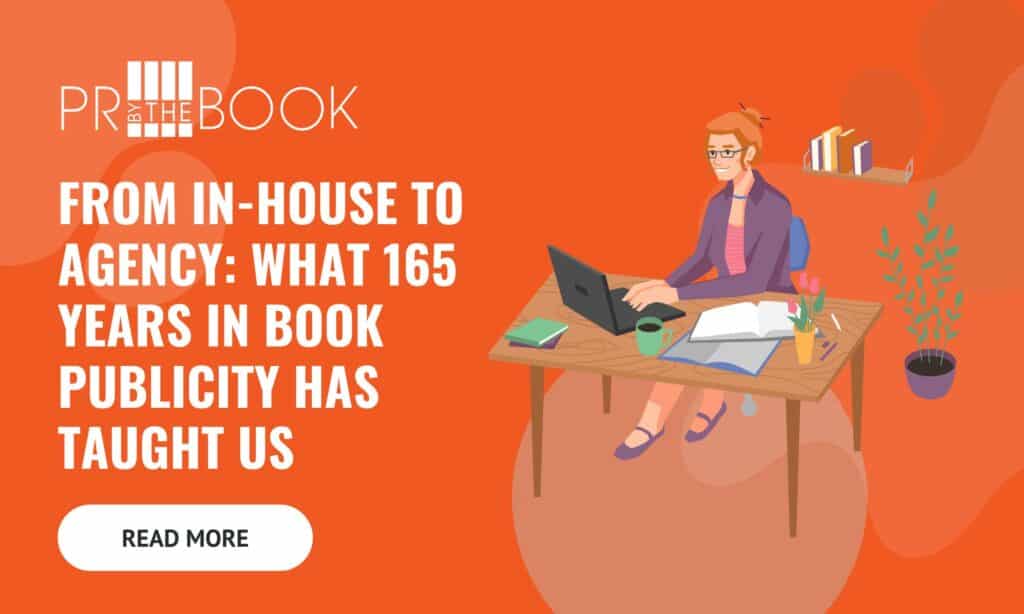
From In-House to Agency: What 165 Years in Book Publicity Has Taught Us
From In-House to Agency: What 165 Years in Book Publicity

Books for Every Reader: Our 2025 Gift Guide
Books for Every Reader: Our 2025 Gift Guide SHARE The
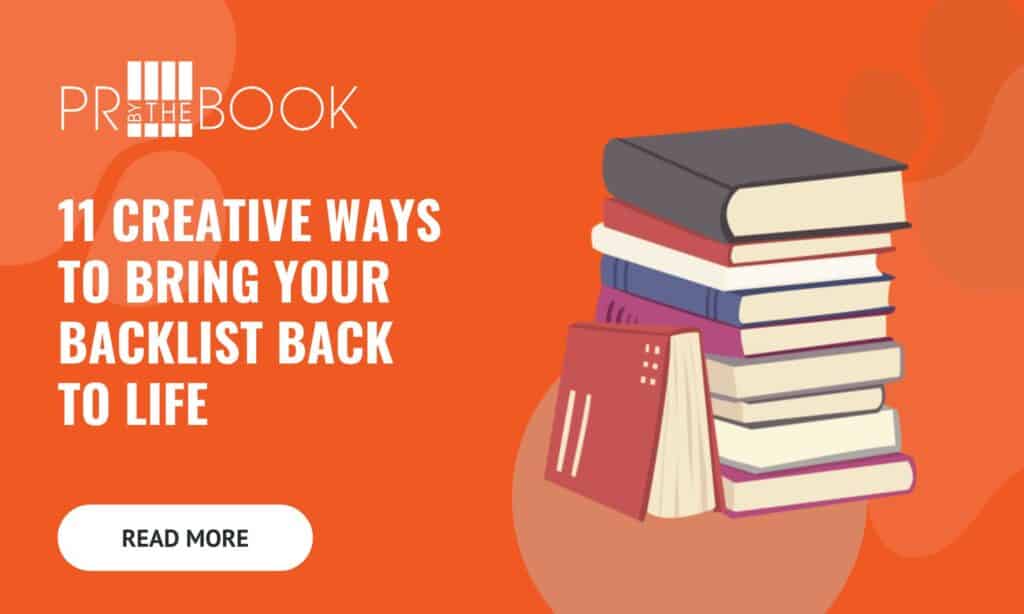
11 Creative Ways to Bring Your Backlist Back to Life
11 Creative Ways to Bring Your Backlist Back to Life

